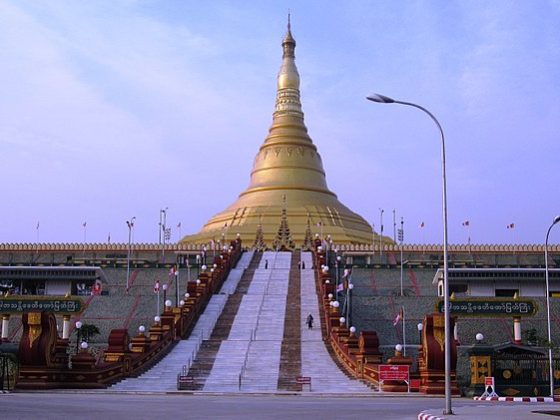The capital of China’s Hubei Province, Wuhan is an ideal city to explore and, on such escapades, don’t miss visiting the Yellow Crane Tower which offers insights into a rich history.

A Long History
Classified as one of the nation’s “Four Great Towers”, the tower was originally constructed during the Three Kingdoms Period in 223 A.D. It became a sight that inspired many poets including Cui Hao who wrote a famed poem about it in the 8th century. However, the tower was also destroyed and rebuilt several times over the centuries; the structure you see today is a reconstruction of the tower that burned down during the Qing Dynasty in the 1880s.
A Remarkable Sight
Located beside the Yangtze River banks at the summit of Snake Hill, the Yellow Crane Tower reaches a height of more than 50 metres and is one of the key attractions in Wuhan. Serviced apartments along Zhongshan Avenue such as Somerset Wusheng Wuhan are within easy reach of this tower that features a roof adorned with thousands of yellow glazed tiles; interestingly, the upturned eaves on each floor can be taken to represent a crane spreading its wings.
Going Inside
Within the tower, one will come across captivating mosaics on different floors that tell tales linked to this famed structure. On the first floor, there’s a remarkable ceramic mural of a yellow crane and clouds, while the second floor features a marble inscription by a well-known Tang Dynasty poet and more murals. Other highlights include a lovely mural on the fifth floor depicting the Yangtze River and the stunning views from the top of the tower overlooking the river and city.
More to Explore
Don’t forget that apart from the tower, there are other fascinating things to see in and around this site as well. On your visit, you can also take time to head to the Shengxiang Pagoda, the White Cloud Tower, Taibai Hall and the Yue Fei Pavilion. At a nearby pavilion, you can additionally catch one of the free Chimes Bell performances that showcase a traditional Chinese musical instrument.











